
Photo courtesy of BLM, Wikimedia Commons
Proposed legislation seeks a compromise between conservationists and the local ranching community in Malheur County.
By Dac Collins. March 12, 2020. Senators Ron Wyden and Jeff Merkley are co-sponsoring legislation that will create approximately 1.1 million acres of wilderness in the Owyhee Canyonlands, and will add a 14.7 mile stretch of the Owyhee River to the National Wild & Scenic Rivers system. Known as the Malheur Community Empowerment for the Owyhee Act (or the Malheur CEO Bill), the purpose of the legislation is to “promote the long-term ecological health of the federal land to support communities and natural resources.”
In its current form, the Bill represents the culmination of months of closed-door negotiations between two groups in eastern Oregon that are fundamentally, historically and diametrically opposed to one another: the environmental, recreation and conservation faction, which has long championed wilderness protections for the public lands within the Owhyee Canyonlands, and the local ranching community, which has fought against those protections at every turn in order to preserve a livelihood that is wholly dependent on grazing livestock on those lands.
Decades in the making
“What’s interesting about this process is that the effort to protect this place has been decades in the making,” says Corie Harlan with the Oregon Natural Desert Association (ONDA).
As one of ONDA’s campaign managers, Harlan has advocated for the protection of this landscape for the last 8 years. And she explains that ONDA was a key player in the 2015 formation of the Owyhee Coalition — a group of recreation- and conservation-minded advocates that sought to protect millions of acres in the Canyonlands via Wilderness, Wild & Scenic River and National Conservation Area designations.
“As that group came together,” Harlan says, “it also became clear in late 2015 that there was possibly an opportunity for a national monument designation by the Obama administration. Given how long this effort has been going on, and how deserving this place is of protection, it made sense to have all the possible tools on the table to make that happen.”
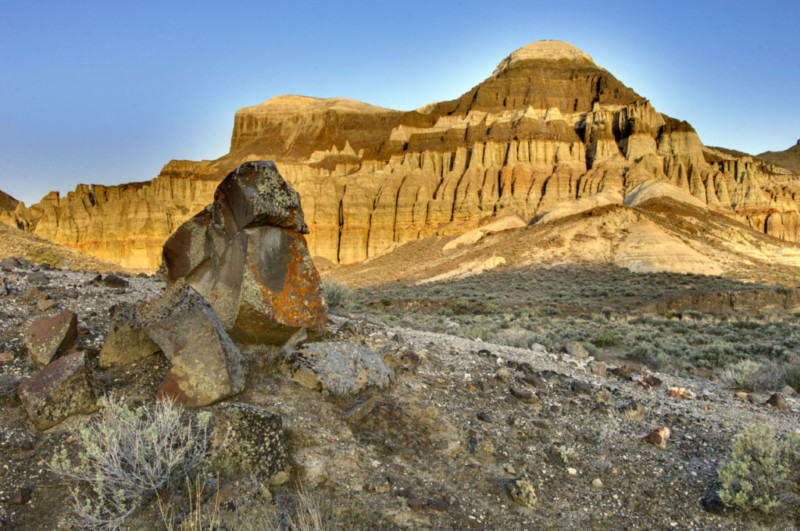
Photo courtesy of Greg Burke, ONDA
Then came the armed occupation of the nearby Malheur Wildlife Refuge in 2016, which brought national attention to the area and showed the intense, sometimes violent, friction that exists between many Westerners (particularly Western ranchers) and the federal government. Ultimately, the Obama administration didn’t include the Owyhee when it moved forward with designating other deserving places, like Cascade Siskiyou and Bears Ear, as national monuments.
Harlan says the state-wide push for monument status also resulted in the formation of the Owyhee Basin Stewardship Coalition (OBSC). Made up primarily of local ranchers and residents of Malheur County, the OBSC became the organized opposition group to any kind of protective designation in the county.
So after succeeding in fighting off the monument designation in 2016 (Malheur County residents voted overwhelmingly against the monument proposal), the OBSC continued with its “Our Land, Our Voice” campaign, while ONDA continued to seek out pathways to wilderness protections. But at some point, Harlan says, “this tipping point had been crossed.”
“For the first time,” she explains, “you had leaders in Malheur County realizing that the effort to protect this place isn’t going away, and that we needed to sit down together and figure out what this might look like.”
And in late 2018, the OBSC approached Sen. Wyden about facilitating a discussion between the opposing coalitions. Wyden agreed, announcing in April of last year that he would lead a collaborative process to seek some sort of middle ground in the Owyhee Canyonlands.
The Malheur CEO Bill that was rolled out in November is the result of this months-long collaborative process that brought together sportsmen, ranchers, conservation groups, state universities, county leaders and tribal representatives, along with state and federal agency representatives.
ONDA played a crucial role in these discussions, which revolved, in part, around an issue that has been the subject of intense debate for generations: grazing in wilderness areas.
The first draft of the 1964 Wilderness Act explicitly forbade grazing in wilderness, but language permitting grazing was included in the final draft of the Bill. Ever since then, it has been viewed by some as an exception to the general premise of “wilderness”, which was defined by Howard Zahniser of the Wilderness Society when he helped write the Act in ‘64:
[perfectpullquote align=”full” bordertop=”false” cite=”” link=”” color=”” class=”” size=””]“A wilderness, in contrast with those areas where man and his own works dominate the landscape, is hereby recognized as an area where the earth and its community of life are untrammeled by man, where man himself is a visitor who does not remain.”[/perfectpullquote]
“For ONDA,” Harlan says, “we showed up and our goal was to really make sure that the irreplaceable values of this place — the wildlife, the waters and the land — were understood and represented. For other people sitting at the table, they wanted more responsive management decisions or more stability for their livelihood. Everyone came with their own set of priorities.
“So what you have here is compromise legislation. Senator Wyden pulled all these disparate voices together and crafted a proposal seeking middle ground.”
The proposed legislation would designate 1,133,481 acres of the existing 4.5 million acres of federal (BLM) land in Malheur County as wilderness. It would also bring 14.7 miles of the Owyhee River into the National Wild and Scenic Rivers system, and it would provide economic development opportunities for the county, including the establishment of loop roads and improvements to State Parks and other tourist related amenities on Owyhee Reservoir.
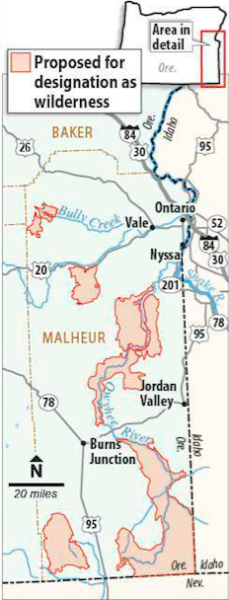
Graphic by Alan Kenaga, Capital Press
And while an objective of the Bill is to “promote and foster cooperation, communication, and understanding, and reduce conflict among all users of the federal land,” the language in the Bill includes a handful of other objectives that seem to prioritize one particular user above the others.
The first three objectives, as they are laid out in the Bill, are to:
- support and grow local communities and economies
- protect the cultural resources and western traditions for which the federal land is known
- maintain grazing on the federal land
So while the legislation aims to establish wilderness in order “to promote the long-term ecological health of the federal land”, its plainly stated primary objectives are to ensure that the tradition of grazing cattle on that land is supported, protected and maintained.
But what if the tradition of grazing cattle on federal land is detrimental to the long-term ecological health of the land?
This is the very question that some opponents to the Malheur CEO Bill have been asking. And it gets right at the controversy lying at the heart of this Bill.
The cattle controversy
Katie Fite is the public lands director for Wildlands Defense, a wildlife and wilderness advocacy group based in Boise, Idaho. She has a background in biology, and has lived and worked in the Sagebrush Sea for most of her career.
“I’m very familiar with this country in eastern Oregon that the Malheur Bill would cover. And I’ve spent a tremendous amount of time looking at sagebrush habitats, and what happens to those habitats as a result of livestock grazing,” Fite says.
She points to a number of studies showing the detrimental impacts that cattle grazing has on native species and federal lands — particularly those in desert areas that receive less than 12 inches of rain a year.
“Damage is gonna happen,” Fite says. “Especially in these arid landscapes where water is so precious and so limited, and so readily damaged by cows. You couple that with the damage to sagebrush habitat from cattle grazing and trampling, and the fact that cows cause cheatgrass and weeds to proliferate…there’s just no freeboard.”
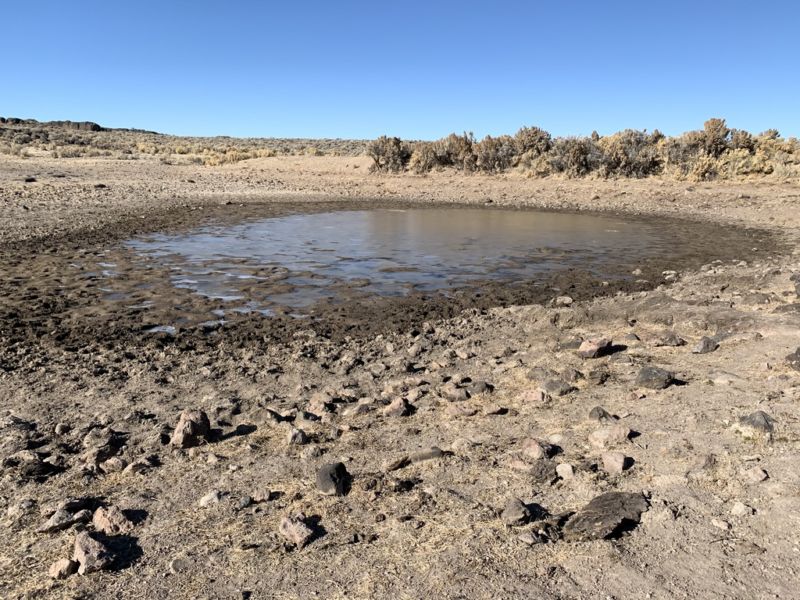
Opponents of the Bill point to cattle grazing as one of the leading causes of water pollution in desert landscapes. Photo courtesy of WildLands Defense
“So here we have sage grouse, pygmy rabbits and other unique species in serious, serious trouble. And to propose this huge grab-bag of a bill that, in many different ways, would elevate livestock grazing in this very landscape that’s falling apart because of the effects of grazing in the first place. It’s madness.”
Stoking Fite’s concerns is the fact that the Bill would establish a 13-person advisory board that would help determine how the BLM manages the land. Of those 13 seats, the Bill dictates that six seats would be given to ranchers, and another two would be given to local business interests — with the remaining five given to conservation and/or recreation groups and one representative from the Burns Paiute Tribe. From Fite’s perspective, this looks an awful lot like a stacked deck.
But the ranchers who live and work in Malheur County say this configuration makes perfect sense. They strongly believe that because of their proximity to — and dependence on — the land, they have a better understanding of how to manage and care for it. And from their perspective, grazing cattle is an essential part of that.
Elias Eiguren lives in Arock, Oregon, where he runs a cattle operation that’s been in his family for nearly a hundred years. He is also the Treasurer of the OBSC, and has been involved with the “Our Lands, Our Voice” campaign since its inception during the Obama years.
“I think our proximity to this land gives us a different perspective on how it ought to be managed,” Eiguren explains. “As opposed to folks who are further removed and think that if we just designate it and call it wilderness, man will step away from the landscape and it will return to health…and all the past sins that man has imposed upon the landscape will just disappear.”
For Eiguren, this doesn’t seem very realistic, and he contends that cattlemen are actually the best stewards for the landscape because their fate (and that of future generations) is directly tied to it.
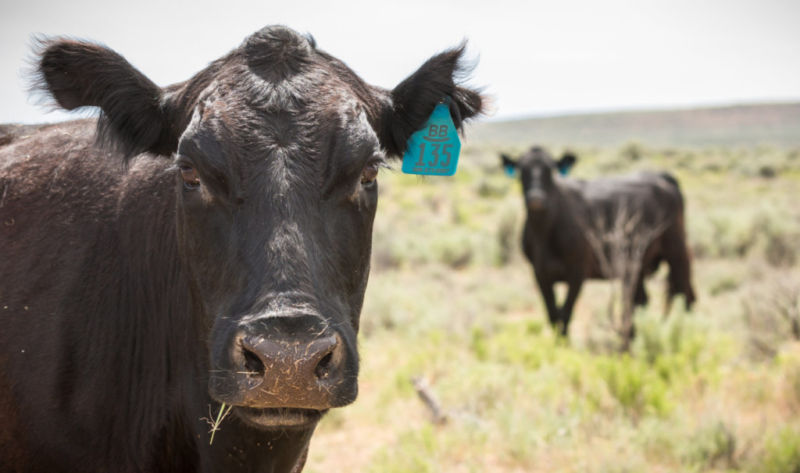
Photo courtesy of BLM
“Cattle grazing done wrong can certainly cause long-term damage to the land. I’ll agree with that. But cattle grazing done right can have some excellent benefits to the land,” he adds.
He says those benefits include lowering the risk of large wildfires and combating the spread of invasive cheatgrass. And he points to his own private property as an example:
“If you were to come to our private property, which is about a tenth of the acreage — or less — of what we graze on public ground, I think that you could look at our land and say that, for the most part, it’s in pretty darn good shape. You don’t have the weeds, and you don’t have the monocultures, and you don’t have a lot of the issues you see out on public lands.”
Eiguren does admit that there are “certain places that probably shouldn’t be grazed in the way that they are now.” But he still sees cattle grazing as a tool that can be used to improve the health of the land, and he says that by promoting grazing as an adaptive management strategy, the Bill will prove beneficial to the long-term ecological health of the Owyhee Canyonlands.
“Ultimately, I think it strikes a balance in the end,” he says.
The Malheur CEO Bill still faces a few hurdles before it can pass, however, and a key next step may be an upcoming hearing in the Senate Energy and Natural Resources Committee. The language and intent of the Bill could also change as it moves forward.
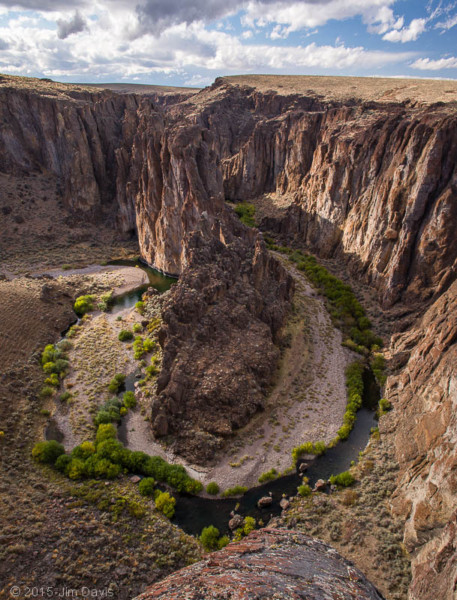
Photo courtesy of Jim Davis, ONDA
Harlan says that ONDA is “aware of some of the concerns within the conservation community about this Bill.”
“We’re listening closely to those concerns and taking them seriously. And we’re really encouraging those folks and organizations to reach out directly to Senators Wyden and Merkley to help make the Bill the best it can be and do right by this landscape.”



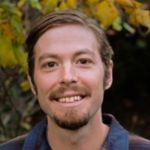
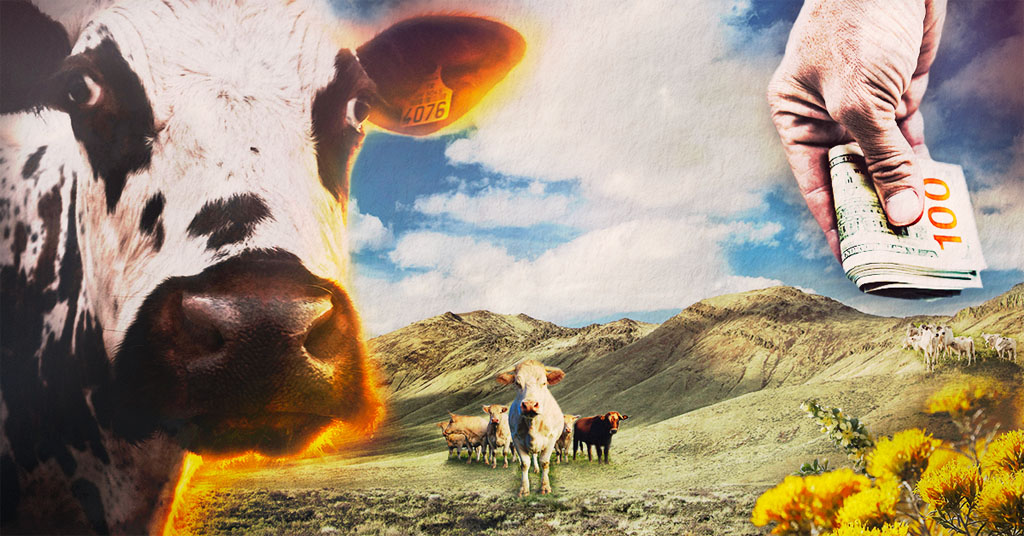
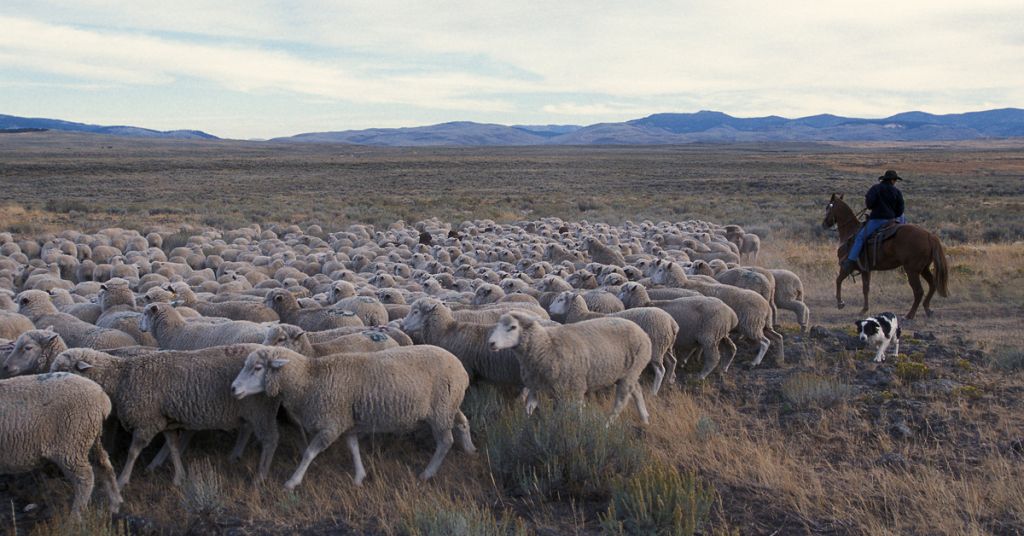
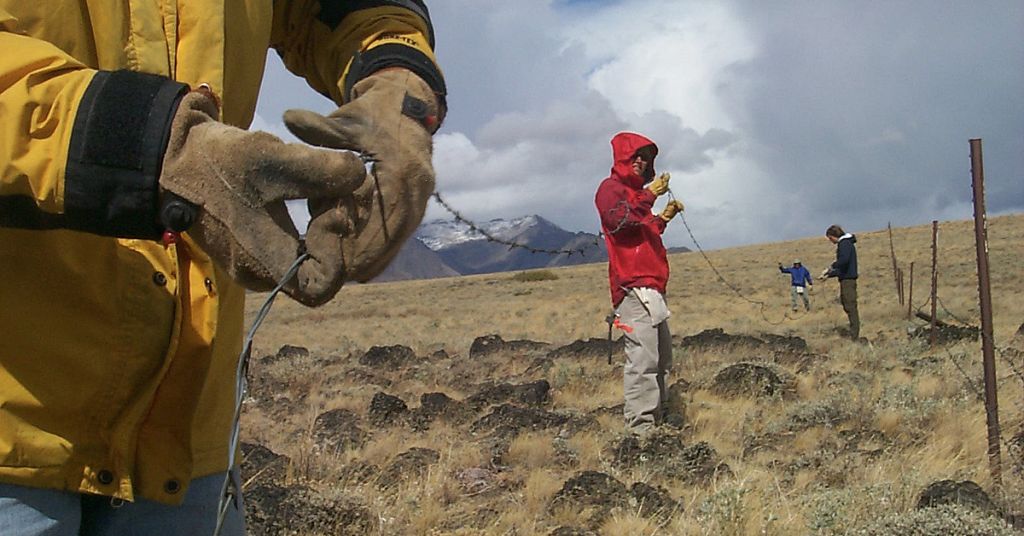




Saving our natural resources is something we must do now, because the opportunity may never come again in our dry areas due to the changes in the climate. What a great opportunity. I commend all of those who are working to make this protection happen.
I come from a ranching and livestock background. I was born in Malheur Country and my ancestors for six generations have made their livelihood in and around Malheur County. I have seen the effects of overgrazing on both public and private lands and do understand the concerns of the environmentalists.
But the proper stewardship of of both are better left to the people who live and work in the area. The Federal government is best suited to an oversight position only on Federal lands in Malheur Country. Given that the BLM does their job efficiently their should be no problems.
I oppose a wilderness designation for this area.
I think that this sounds like some environmentalists that have run out of anything else to do. They happen to see that my homelands haven’t had enough problems. Since the actions at Burns, OR They are looking for a way to get even. The ranchers know how and practice taking care of the grazing as they do their own lawns around there homes. That is their livelihood. They need that land for the next 100 year’s. Cattle and horses and small animal help to refurbish the land if only they knew that.
I think the rancher should continue doing what they have been doing for generations and the rivers stay like they are, it has worked out for everyone until now. The rest of you book readers without anything to do but find things to pick at and cause trouble and to hurt people that’s just trying to make a living. They can make their own living. That’s what it sounds like to me. It isn’t the first time we have had to deal with these type of people that have never lived or made a living on our lands.